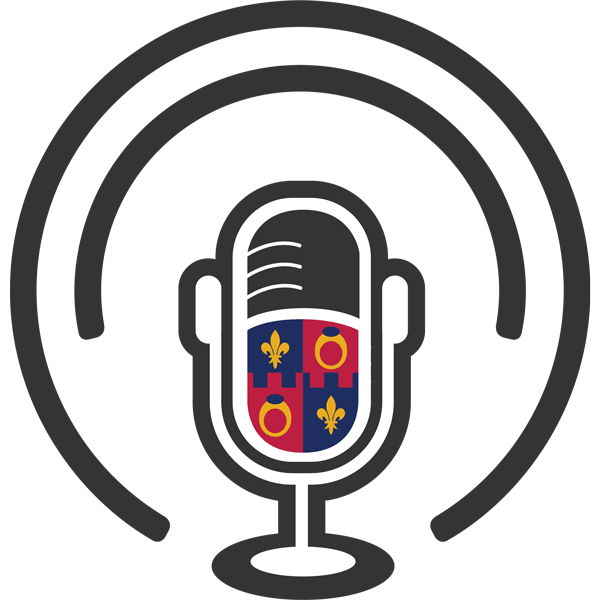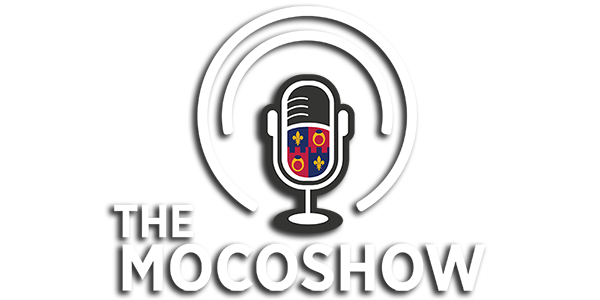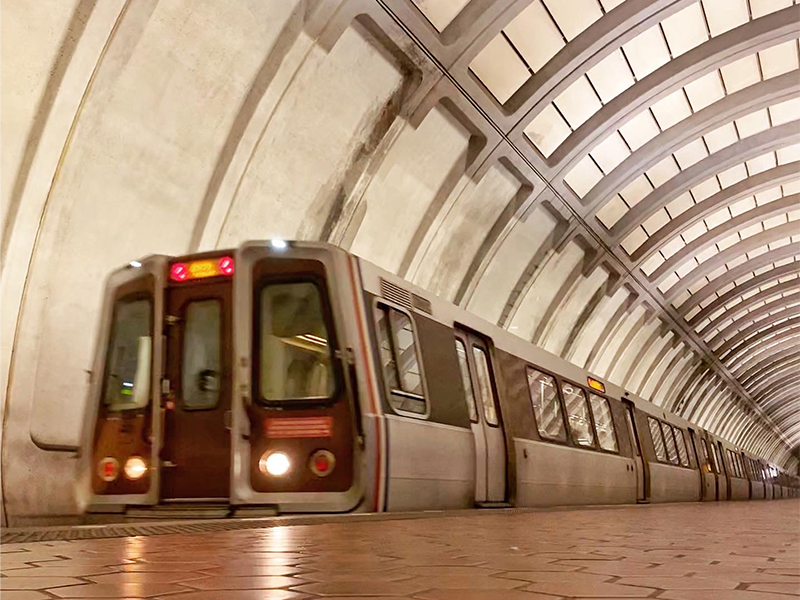
Metrorail Service & Derailment Investigation Update
Advisory Effective: 10/18/21 – 11/30/21
As of Monday, November 8, 2021 Metrorail service will operate as follows:
- Red Line trains run every 12 minutes
- Green Line and Yellow Line trains run every 20 minutes
- Blue Line, Orange Line, and Silver Line trains run every 30 minutes
- Silver Line service has resumed between Wiehle-Reston East and Largo Town Center
Metro will continue to operate at reduced service levels through at least November 30 and will advise the public of any additional service improvements should more trains become available.
Metro’s trip planner has been updated to reflect the latest service schedule. Customers are also encouraged to use the live train map to see the locations of trains on each line. In-station next train signs (Passenger Information Displays) are providing accurate train arrival estimates.
As Metro continues to work closely with the Washington Metrorail Safety Commission and NTSB and more information develops, we will update the public about service.
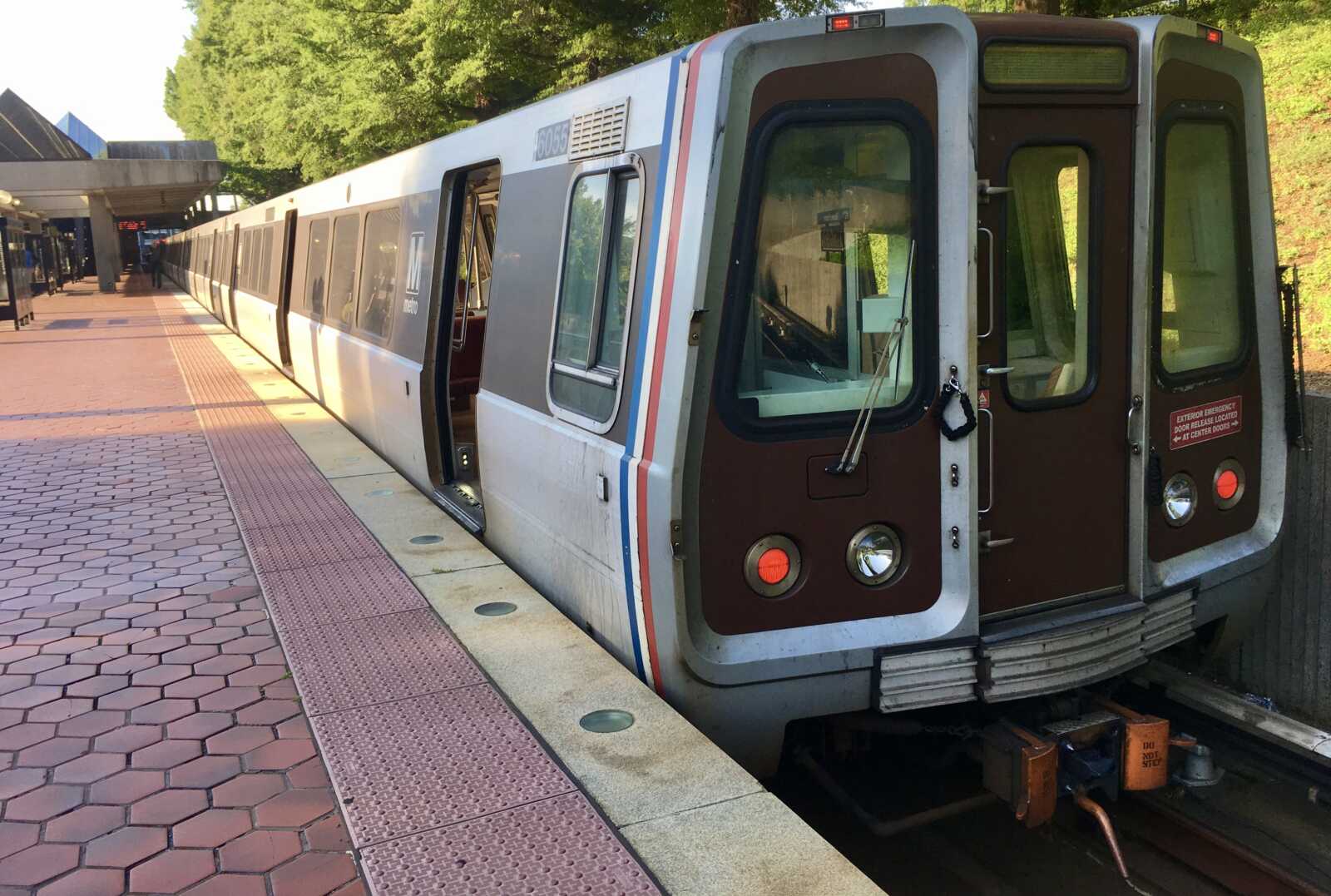
According to a press release from Metro, train frequencies on the red and yellow lines have improved.
The release can be seen below:
Today Metrorail service improved on the Red Line with trains arriving every 12 minutes, down from 15 minutes, and Yellow Line service improved with trains every 20 minutes, down from 30 minutes.
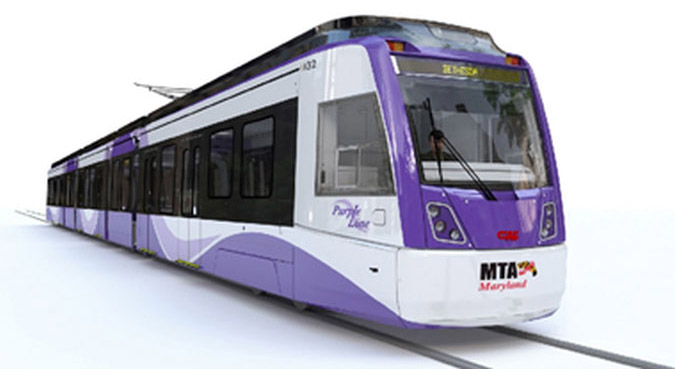
The Purple Line has selected a partner to complete construction. Construction is not expected to begin until spring 2022.
More info available in the full press release below:
Purple Line Transit Partners (PLTP), in close partnership with the Maryland Department of Transportation (MDOT) and the Maryland Transit Administration (MTA), has selected Maryland Transit Solutions (MTS) to complete the Purple Line.
The comprehensive and joint PLTP-MDOT MTA evaluation selected MTS, comprised of Dragados USA Inc. and OHL USA Inc., as offering the best value.
The next steps in the procurement process include finalizing contracts as PLTP advances efforts to secure required financing. MDOT MTA intends to return to the Maryland Board of Public Works (BPW) with the selected contractor, replacement design-build contract and amended P3 Agreement, which will include an updated project cost and schedule for completion.
Following anticipated BPW approval, commercial and financial close (i.e., agreement on financing and other commercial terms) is anticipated in February 2022. Next spring, MTS is expected to mobilize and resume full- scale construction of the Purple Line.
“We’re very excited to bring on MTS so the Purple Line can begin serving the people of Maryland as soon as possible,” said Jane Garvey, chairman, PLTP Board of Directors. “In their proposal, discussions and oral presentation, MTS showed they possess all the right qualities – thorough knowledge of the project, across-the- board expertise and a demonstrated spirit of partnership – to get the job done efficiently and with excellence.”
“I’m excited to partner with Maryland Transit Solutions to move full speed ahead with construction and delivery of this regionally important project,” said MDOT Secretary Greg Slater. “We have made a lot of progress in this interim period. Today’s news is one more step towards completion and one more step towards Marylanders riding on this critical transit connection. I want to thank everyone for their continued patience as we work hard to get the Purple Line back on track.”
While procurements of this magnitude can take 18 months to two years to complete, the replacement of the Purple Line contractor is on track to be completed in just over a year. The process began in January 2021 when PLTP issued a Request for Qualifications, followed in March by a short-listing of teams and issuing a Request for Proposals (RFP). During the summer and fall, PLTP and MDOT MTA held one-on-one discussions with proposal teams and refined the RFP. In October, PLTP received compliant and responsive proposals from MTS and a joint venture of Tutor-Perini and Lunda, while a third shortlisted team, Halmar International, opted not to submit a proposal.
“Working in lockstep with MDOT MTA, we’re heartened that our procurement effort attracted two quality bids and we thank Tutor-Perini/Lunda for their strong proposal,” Garvey said.
Dragados comes to the Purple Line with a great deal of fresh and relevant experience in delivering transit projects. Among their notable projects are the $2.4 billion Los Angeles International Airport Automated People Mover and three light rail projects in Canada with a combined value of $5.5 billion. Dragados was ranked sixth on Engineering News Record’s (ENR) 2020 Top Transportation Contractors List. OHL has more than a century of infrastructure construction experience and is ranked number 15 on ENR’s 2020 Top 50 Domestic Heavy Contractors List.
The Purple Line will be a 16-mile, 21-station light rail line providing rapid, convenient transit service between New Carrollton in Prince George’s County and Bethesda in Montgomery County. The east-west line will connect with five branches of Metrorail, three MARC commuter rail lines, Amtrak and a host of bus services. While supporting community revitalization and transit-oriented development, the Purple Line also will help reduce dependence on auto travel: Twenty years after service begins, the Purple Line is estimated to take 17,000 vehicles off the road daily, saving a projected one million gallons of gasoline annually (source: Final Environmental Impact Statement1).
Purple Line Transit Partners is headquartered in Riverdale Maryland and holds the Public-Private Partnership Agreement (P3 Agreement) with MDOT MTA to design, build, finance, and operate the Purple Line Light Rail Project. PLTP is comprised of majority partner Meridiam and Star America.
Meridiam, with $18 billion of assets under management and over 100 projects to date in the U.S., Latin America, Canada, Europe and Africa, is a leading public infrastructure developer, investor and manager committed to delivering sustainable and resilient infrastructure projects that positively impact communities for the long-term. Star America, a subsidiary of Tikehau Capital, is a U.S.-headquartered developer and manager of infrastructure assets in North America with investments in projects that have a total asset value of more than $5 billion as of June 30, 2021.
Construction Delays and unexpected railyard access needs have delayed the construction ongoing during the Shady Grove and Rockville Station Closures, forcing the project to be extended several months longer than expected.
Originally, the closure was expected to last until early December.
Constriction and material issues have posed a challenge to contractors replacing the Rockville Metro Canopy.
Additionally, the contractor was forced to demobilize portions of their work zone when Metro unexpectedly needed to move some railcars through the work zone, bringing them from the Shady Grove railyard into the rest of the system to be placed back into service.
Currently, the Shady Grove and Rockville Stations are predicted to reopen in mid-January.
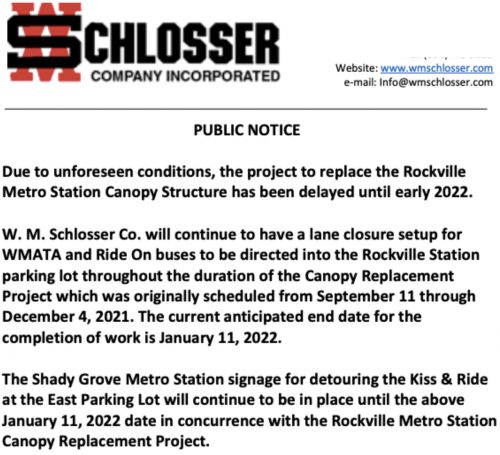
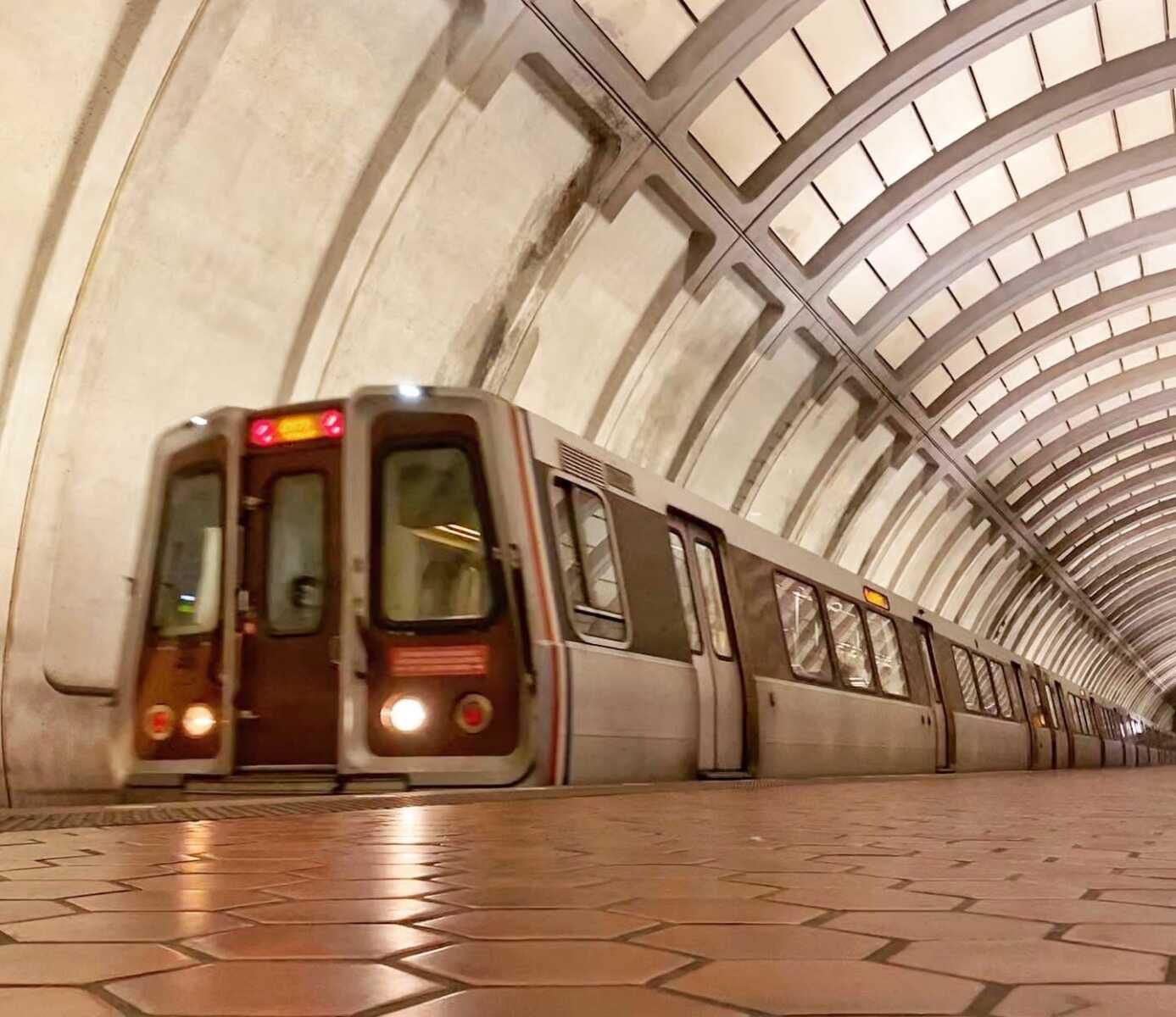
Metrorail service will remain at the current reduced levels through at least November 15 as Metro continues to work with the Washington Metrorail Safety Commission on a plan to get 7000-series railcars safely back into service.
Trains will continue operating every 15-20 minutes on the Red Line and every 30-40 minutes on all other lines. Silver Line service will continue to operate between Wiehle-Reston East and Federal Center SW only. Customers are encouraged, where it makes sense for them, to use Metrobus service as an alternative.
Metro’s trip planner has been updated to reflect the latest service schedule. Customers are also encouraged to use the live train map to see the locations of trains on each line. In-station next train signs (Passenger Information Displays) are providing accurate train arrival estimates.
As Metro continues to work closely with the Washington Metrorail Safety Commission and NTSB and more information develops, we will update the public about service.
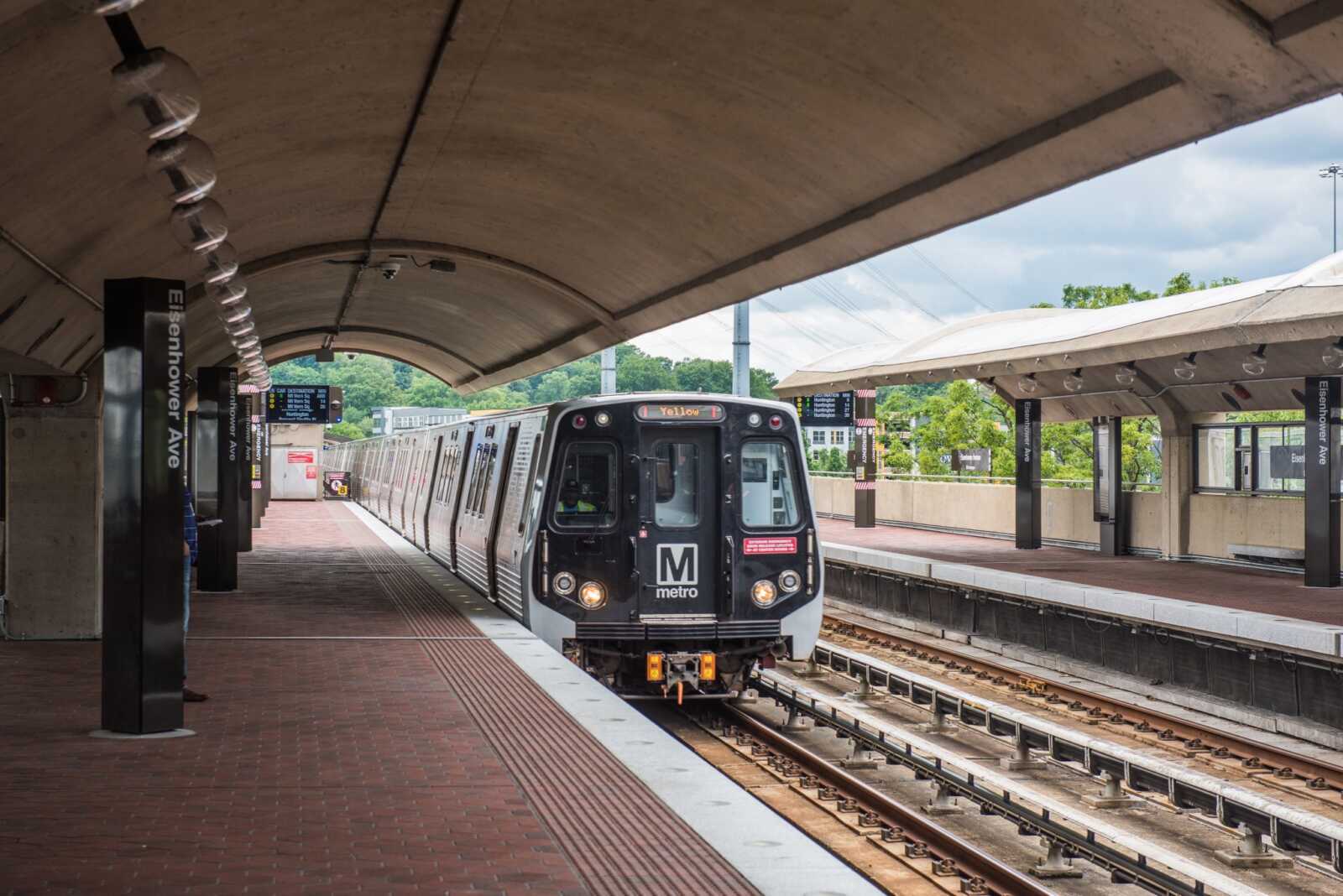
Per Metro:
As we continue to address the needs of our customers impacted by current service delays, Metro appreciate the public’s understanding of the need to put safety first.
While Metro aims to provide service consistent with the announced basic service plan through the rest of the week, customers should anticipate trains every 15-20 minutes on the Red Line and every 30-40 minutes on all other lines to account for any unplanned disruptions. Silver Line trains will operate between Wiehle-Reston East and Federal Center SW only. There is currently no capacity to fill unforeseen gaps, which will result in longer wait times. Crews are working as quickly as possible to put more trains into service.
Due to the unplanned service disruptions this week, train times on Metro’s trip planner may not reflect the latest service schedule. Customers are encouraged to use the live train map to see the locations of trains on each line. In-station next train signs (Passenger Information Displays)are providing accurate train arrival estimates.
As Metro continues to work closely with the Washington Metrorail Safety Commission and NTSB and more information develops, we will update the public about service.
More information on actions taken, and FAQ, available in the last update.

Metro has taken all 748 of its 7000-series railcars out of service pending further inspections, and they will not return to service until they are deemed safe. The 7000-series trains make up approximately 60 percent of Metro’s railcar fleet. Without these railcars, Metro is able to operate significantly fewer trains than normal. Service on all lines will operate every 30 minutes today, Monday, October 18. All trains will operate as six-car trains.
Reduced Metrorail service is expected to continue until at least Sunday, October 24, as the investigation into the October 12 derailment continues. Beginning tomorrow, trains will operate every 15 minutes on the Red Line and will continue to operate every 30 minutes on all other lines. Silver Line trains will operate between Wiehle-Reston East and Federal Center SW only.
As Metro continues to work closely with the Washington Metrorail Safety Commission and NTSB and more information develops, we will update the public about service.
Actions Taken
WMATA started working with NTSB and the Washington Metrorail Safety Commission last week to determine the cause of the Blue Line derailment at Arlington Cemetery; that investigation is still ongoing.
Because safety remains our number one priority, we have removed all 7000-series railcars from service to properly inspect the fleet.
These actions are being taken out of an abundance of caution.
- We understand the impact this decision has on transportation for the DMV area (National Capital Region). We apologize for this reduction in service and the inconvenience this is causing our customers.
- As customers experience delays and full rail cars during their commute, please know we have made a concerted effort to improve airflow. Face masks continue to be required throughout the system, and Metrorail cars recycle the air approximately every three minutes
- We want the public to know we are committed to their safety and will continue to release updates as we receive them.
Frequently Asked Questions
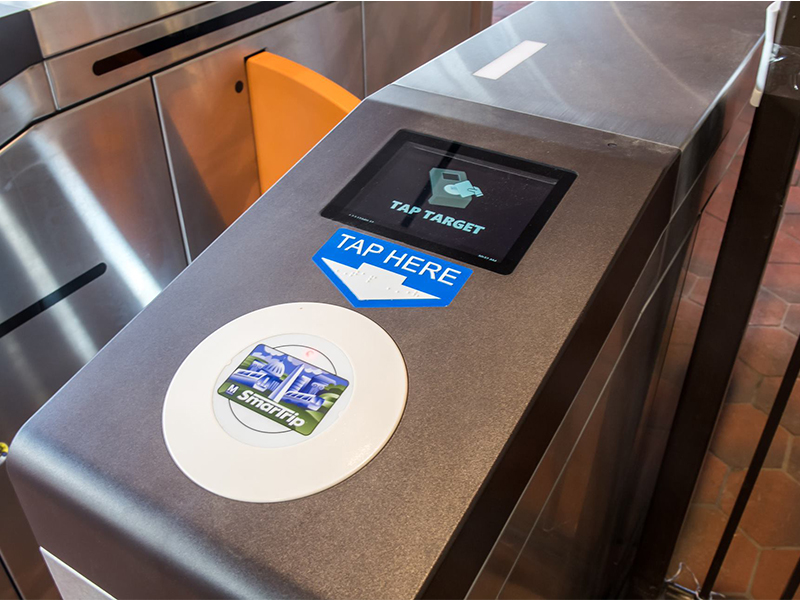
Metrorail Faregate Replacement Project
Every day, over one million transactions take place at the 1,200 faregates across Metro’s 91 stations. As part of its commitment to improve the customer experience and invest in keeping the region’s infrastructure in a state of good repair, Metro is undertaking a major initiative to replace and upgrade the aging faregate technology throughout its system.
Per WMATA:
Metrorail customers will soon see modern, stainless steel faregates at stations across DC, Maryland, and Virginia as the faregate system upgrades take place. The new faregate model is made from high-quality brush finished stainless steel and will include advanced safety features, modernized displays and quicker pass-through at the gate.
To help prepare and familiarize customers with the new gates, a limited pilot program will launch in June 2021 at six stations: Clarendon, Dunn Loring, Gallery Place, Glenmont, Waterfront and West Falls Church. All customers traveling through these six pilot stations will have the option of trying out the new faregate, whether they use a plastic SmarTrip® card or mobile pay.
Metro will begin full installation of the faregates this summer. Apart from the six pilot stations, customers will first be able to experience the new faregates at Potomac Avenue, Eastern Market, Capital South and Federal Center SW stations. In order to have minimal impact on customers’ commutes, installations will take place overnight, during non-business hours. Depending on the number of faregates, each station is expected to take up to two weeks to complete.
A Modernized Experience and Improved Service for Customers
While the faregates will have a new look, customers can expect the same ease of use they are accustomed to with upgraded features such as:
- Larger displays
- Increased safety features, including improved motion sensors
- More handsfree service options through the kiosk-mounted payment validator and mobile payment through Apple and Google Pay
And that’s not all. The new faregate technology will also provide Metro’s station managers with instant access to faregate data, helping improve customer service when SmarTrip card issues arise.
The upgraded technology will require replacement of Metro’s first generation SmarTrip cards, issued 2012 or earlier. The cards contain outdated chip technology and will not be compatible with the new faregates. To learn more and determine if your card needs to be replaced, visit wmata.com/cardreplacement.
Timeline
October 2021:
Addison Road
Friendship Heights (north entrance)
Gallery Place (east and west entrances)
Glenmont
Ronald Reagan Washington National Airport (north entrance)
Silver Spring
Union Station
Waterfront
Stations with New Faregates
Arlington Cemetery
Bethesda
Capitol South
College Park-U of Md
Crystal City
Eastern Market
Federal Center SW
Forest Glen
Friendship Heights (south entrance)
Gallery Place (north entrance)
Georgia Ave-Petworth
Greenbelt
Potomac Ave
Prince George’s Plaza
West Hyattsville
Wheaton
Did you know?
Today’s faregates were installed in the 1990s when the original SmartTrip card was introduced. At that time, many transit systems featured taller or floor-to-ceiling revolving gates – which made some passengers feel less safe and less aware of their surroundings. Metro’s faregates were intentionally designed to sit lower, providing customers with greater visibility into the station interior and eliminating most hidden spaces or blind corners.
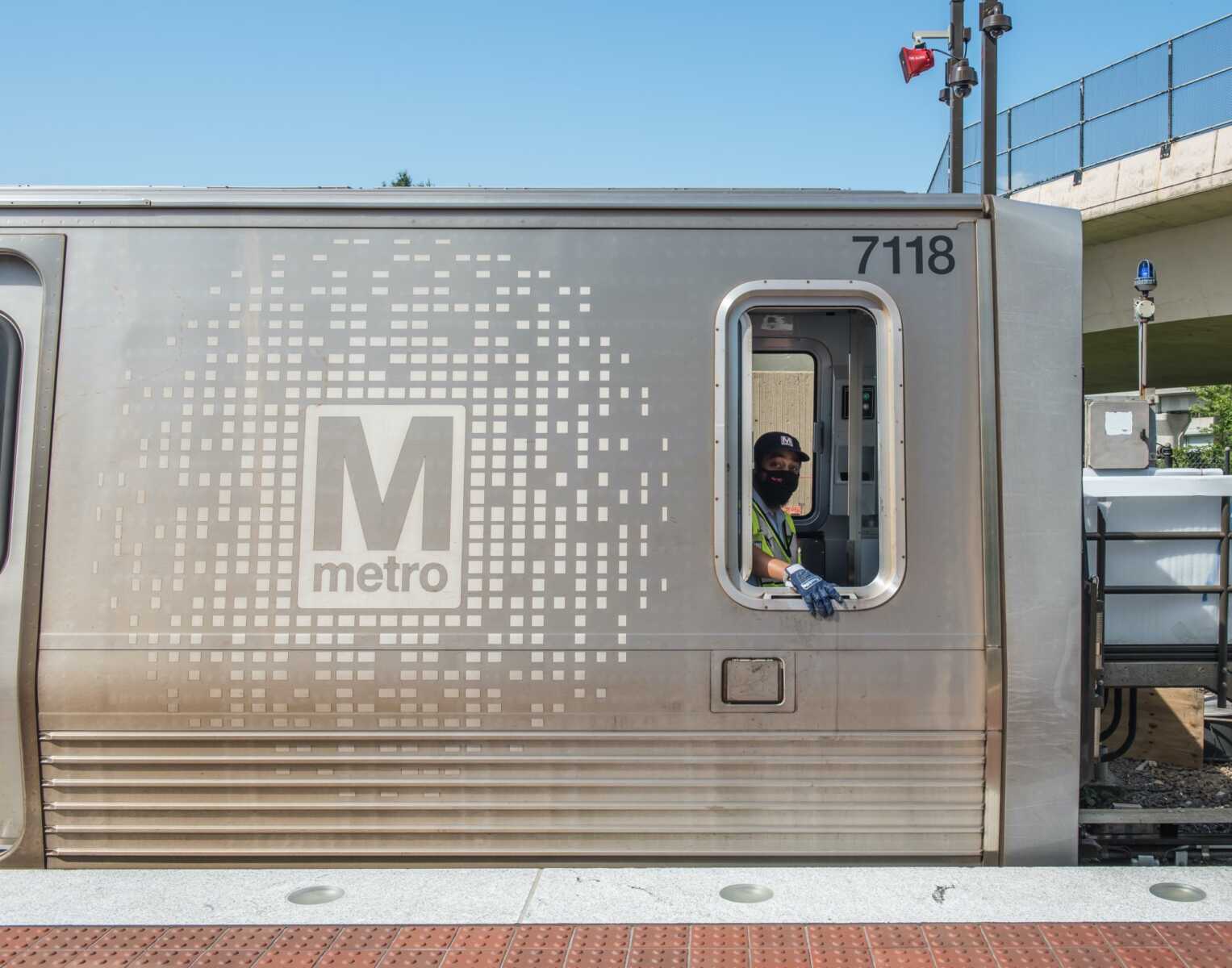
Expect reduced Metrorail service tomorrow, Monday, October 18: Trains on all lines to operate about every 30 minutes
Per WMATA:
As part of the investigation into the Blue Line derailment, Metro is holding out of service all of its 7000-series railcars, which is nearly 60% of its rail fleet.
Without these railcars, Metro will operate about 40 trains tomorrow – offering a basic service pattern on all lines of trains departing about every 30 minutes. All trains will operate as six-car trains.
As Metro continues to work closely with the Washington Metrorail Safety Commission and NTSB and more information develops, we will update the public about service for the remainder of this week.
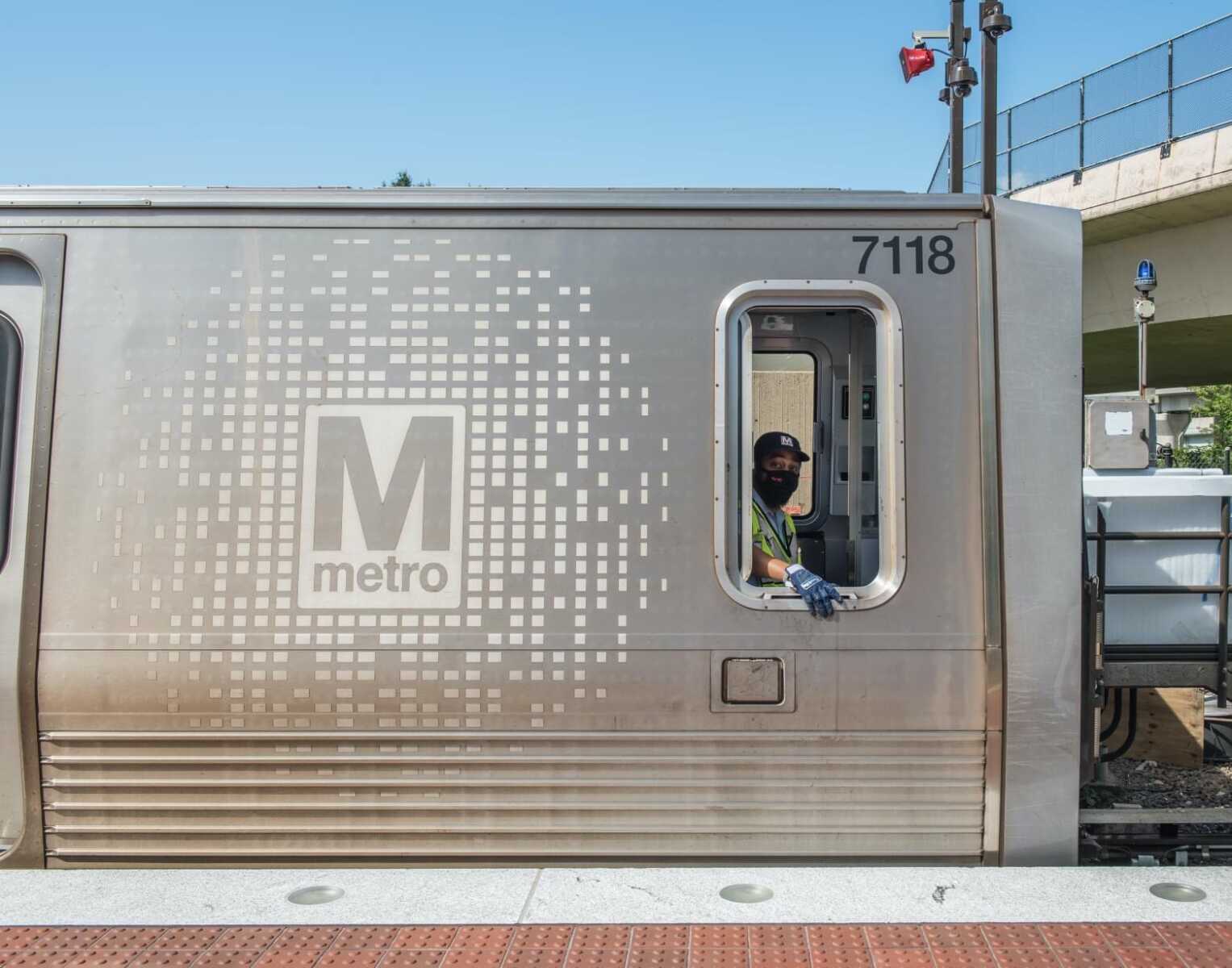
Metro Service to Expand to Midnight, Seven Days A Week
Per WMATA:
Metro will expand train service to midnight, seven days a week starting Sunday, July 18. The extended operating hours are the first in a package of service improvements passed by Metro’s Board of Directors in June that will add more all-day rail service, create high-frequency bus routes and improve service across the region.
“Riders that work late, enjoy the region’s restaurants and nightlife or need to get to and from places at night will now have more flexibility with trains running longer every night,” said Metro General Manager Paul J. Wiedefeld. “As the region recovers, Metro will be there to meet the transit needs of customers and businesses in the National Capital Region.”
In addition to extending rail hours until midnight, Metro resumed late-night bus service to 2 a.m. in June on 36 routes, restored more service and improved the frequency of buses on high-demand routes.
More bus and rail service improvements will follow in September. Trains will run more frequently all day, with service on Fridays and Saturdays running until 1 a.m. Last train times vary by station, check the station page at wmata.com/stations for additional information.
On Metrobus, high-frequency service will be added to 20 lines, with increased service on 16 others. Another 46 bus routes will improve or restore service while continuing to operate existing late-night service until 2 a.m.
The service improvements in the Fall will coincide with additional fare changes to make Metro easier and more affordable to ride. Metro will lower the price of a 7-day Regional Bus Pass and offer a 50 percent discounted promotional fare on all pass products for 30-days. Bus transfers will also be free for customers that connect between bus and rail.
On weekends riders will be able to travel on Metrorail for a flat $2 fare for each trip, rather than the current distance-based fare, and Sunday train service will begin an hour earlier at 7 a.m.
Metro will provide more information and outreach later this summer to notify customers of the upcoming fare and service changes.
Featured photo courtesy of WMATA
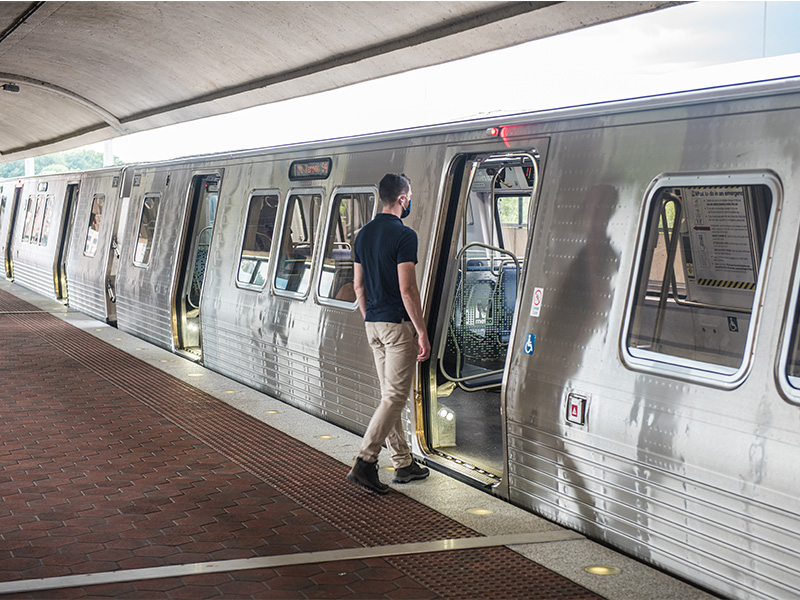
Red Line Tunnel Ventilation Upgrades Expected to Cause Around-the-Clock Single Tracking/Station Closures
Per WMATA:
As part of Metro’s investment in safety and reliability, construction will begin in July on the first of two major capital projects on the Red Line that will upgrade the tunnel ventilation system and repair deteriorating platform canopies. The work is expected to cause significant impacts for customers, with around-the-clock single tracking and station closures.
“It is important that we continue with this safety critical work so that we are ready and able to resume normal operations as the region reopens,” said Metro General Manager Paul J. Wiedefeld. “We will be working around the clock, seven-days a week, to maximize efficiencies and allow us to get the work done more quickly.”
Beginning Saturday, July 17, and continuing through Sunday, August 29, Metro and its contractor will install new, more powerful fans in the tunnels between Woodley Park and Cleveland Park as part of a pilot project to improve tunnel safety in the event of a smoke or fire emergency.
The 24/7 schedule will help Metro reduce the duration of the project and minimize the impact to customers. During construction, trains will continuously single track between Dupont Circle and Van Ness. Crews, working in the tunnels more than 100 feet below Connecticut Avenue, will build the infrastructure necessary to add new evacuation fans at the base of the ventilation shafts.
Two weekend shutdowns will also be needed, with free shuttle buses replacing trains this summer. Additional weekend closures will be necessary in 2022 to complete the project, commissioning and safety testing.
The tunnel ventilation project was developed in response to a National Transportation Safety Board (NTSB) directive to upgrade tunnel ventilation after the 2015 smoke incident at L’Enfant Plaza.
As the oldest line in the Metrorail system, the Red Line ventilation shafts and fans were installed prior to the establishment of the National Fire Protection Association (NFPA) safety standards for transit systems.
Following the completion of the ventilation upgrades, Metro will begin work in September to replace the platform canopy at Rockville, with additional canopy repairs at Shady Grove. The concrete beam structures, original to construction in the 1980’s, are deteriorating.
The canopy project will take three months and require the closure of the Rockville and Shady Grove stations from September 11 through December 4. Free shuttle bus service will be provided to/from the closed stations.
Replacing the canopy at Rockville Station will require heavy equipment and the demolition of the existing structure, section by section. The new canopy structure will be pre-fabricated and lifted into place for installation.
Additional customer improvements will also be made to the canopy, including new, more efficient LED skylights, upgraded speaker system for station announcements, new digital screens for passenger information and new CCTV cameras for improved security among others.
During this time, Metro will also make repairs to the aging canopy at Shady Grove Station and perform other safety critical work to enhance service for customers.
The ventilation improvements and canopy rehabilitation projects are funded through Metro’s 6-year, $9.7 billion Capital Improvement Program, which invests in system safety, reliability and the region’s economy.
Service Information:
July 17 – August 29
- Continuous single tracking between Dupont Circle and Van Ness stations.
- Trains will operate every 18 minutes between Shady Grove and Glenmont.
- Additional trains will operate between Glenmont and Farragut North from opening until 7 p.m. on weekdays only to provide more frequent service.
- Customers may also wish to use Metrobus Route L2 which runs along Connecticut Ave between Chevy Chase Circle and Farragut Square as an alternative.
Weekends of August 7-8 and August 28-29
- Red Line trains will operate in two segments: Shady Grove to Van Ness; and Dupont Circle to Glenmont.
- Free shuttle buses replace trains between Dupont Circle and Van Ness stations.
- Cleveland Park and Woodley Park stations closed.
Additional weekend shutdowns and single tracking may be necessary in 2022 to allow for safety testing.
September 11-December 4
- Red Line trains will operate normal service between Glenmont and Twinbrook only.
- Free shuttle buses replace trains between Shady Grove and Twinbrook stations.
- Shady Grove and Rockville stations closed.
- Park & Ride customers at Shady Grove and Rockville may wish to use Twinbrook or White Flint as an alternative.
- MARC and Amtrak service will continue to operate at Rockville, with no disruption to service.
- Due to the staging of heavy equipment and construction materials, Metrobus and other bus service will be rerouted. Additional details will be provided at a later date.
Additional information about service and how to stay informed can be found on the Ventilation Project page and the Rockville Canopy page on wmata.com.
Photo courtesy of www.wmata.com
